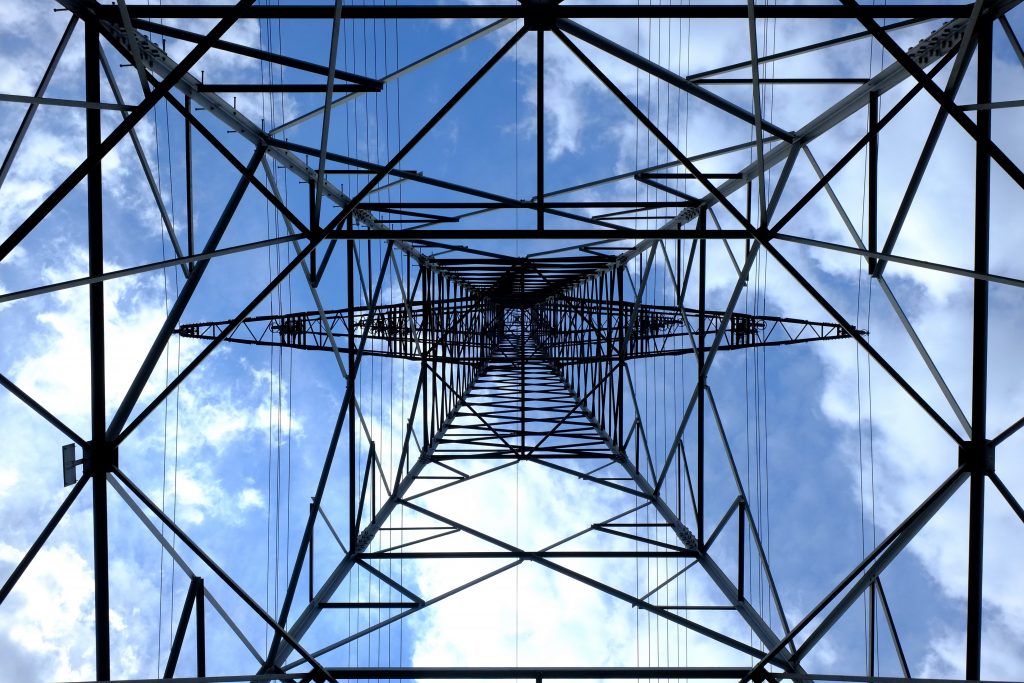Blog
What is a Smart Grid and What Does it Take to Build One?

Did you know on any given day, there are half a million people in America without electricity for 2 or more hours per day? This is because the grid was originally built as a one-way interaction. We all know how this system works. The utility company supplies electricity to the surrounding community and sends a monthly bill based on usage. In today’s technologically advanced society, however, we are pushing more power through the grid than the system can handle. Thus the need for a more intelligent system.
That’s where this ideal state of a Smart Grid comes into play. When you hear the term “Smart Grid,” it’s referring to a two-way communication stream between utility companies and the end user. This type of automated and immediate feedback loop is critical as our world’s energy use both increases and becomes more complex. Currently a work in process, building a smart grid requires private and public sectors, humankind and advanced technologies, utility companies and consumers, all to work together. You can see how this could be a tall order, but the anticipated result of decreased outages and user accountability is huge.
The impact of a smart grid would be no less enormous than that of the internet. A grid connected to software, mobile applications, and built from modern infrastructure would no doubt change the way we live our daily lives.
Are you a utility company, commercial energy user, or are just following the Department of Energy closely? We’re curious to hear what you think, how far you’ve gotten and how we can help! Contact the leader in power monitoring solutions, Electro Industries, at sales@www.electroind.com.
Sources:
https://www.theenergytimes.com/new-utility-business/building-smart-grid-business-model
https://www.energy.gov/oe/activities/technology-development/grid-modernization-and-smart-grid



